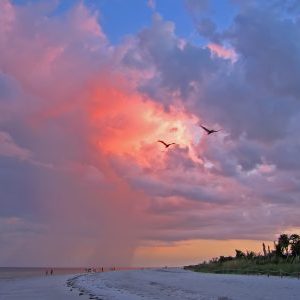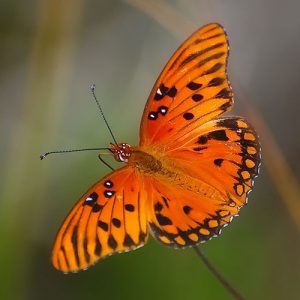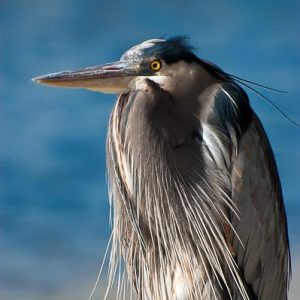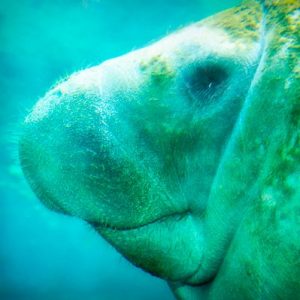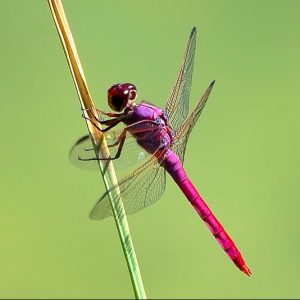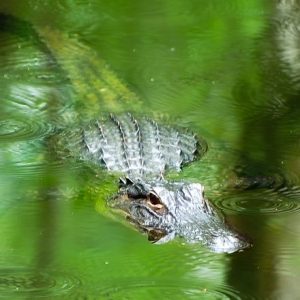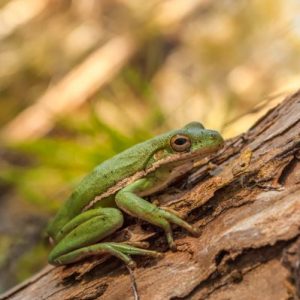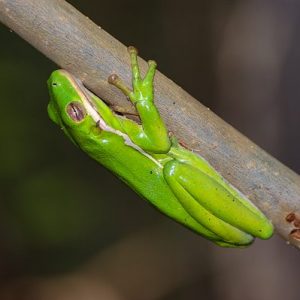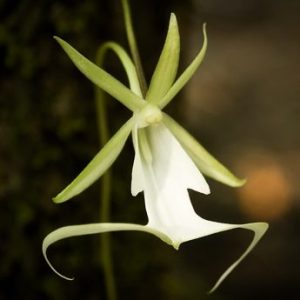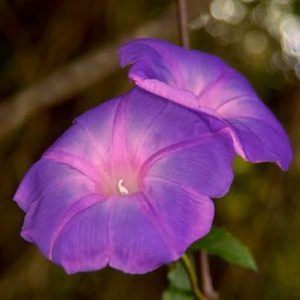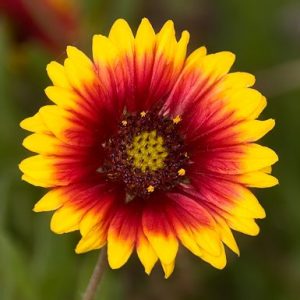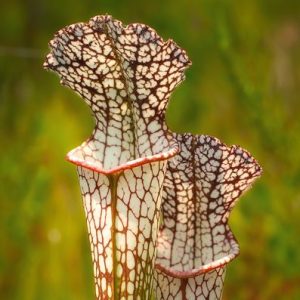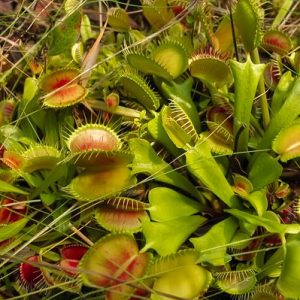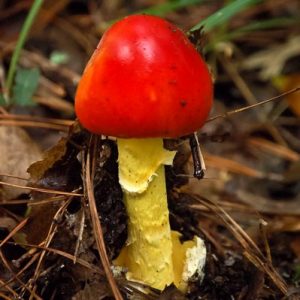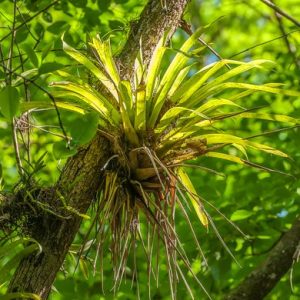Native Orchids
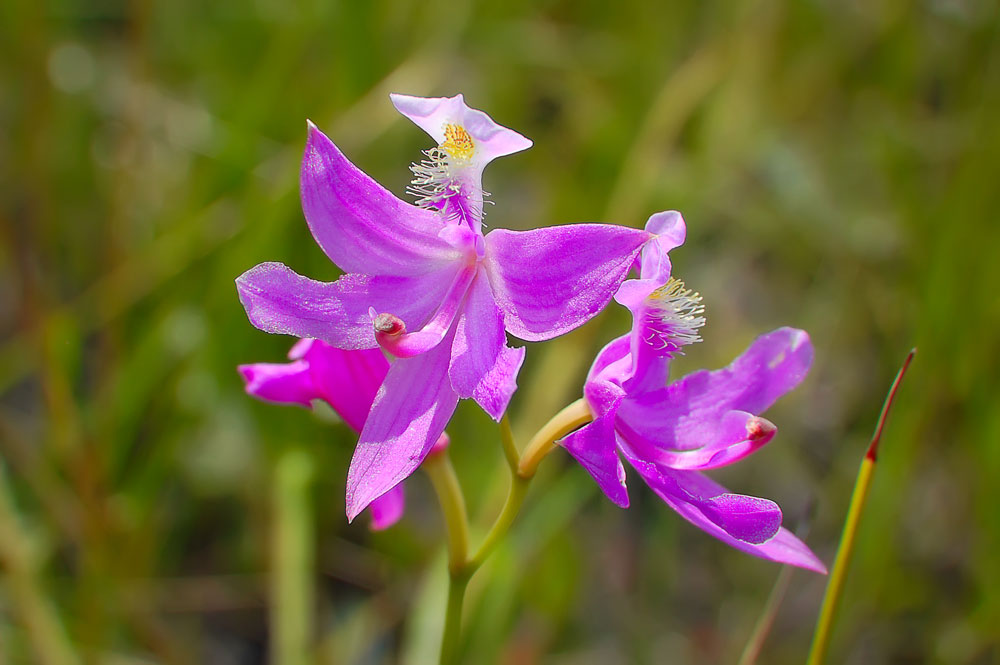
Arethuseae
Arethuseae are a small tribe of tropical and subtropical terrestrial orchids that are commonly found in scattered populations in the American Southeast, and in particular in Southern Florida. The exception is the genus Calopogon, which is found in all of the eastern half of United States and in all of the Canadian provinces east of Saskatchewan. Our native species include the pine-pinks, pine-pinks and crested coralroots.
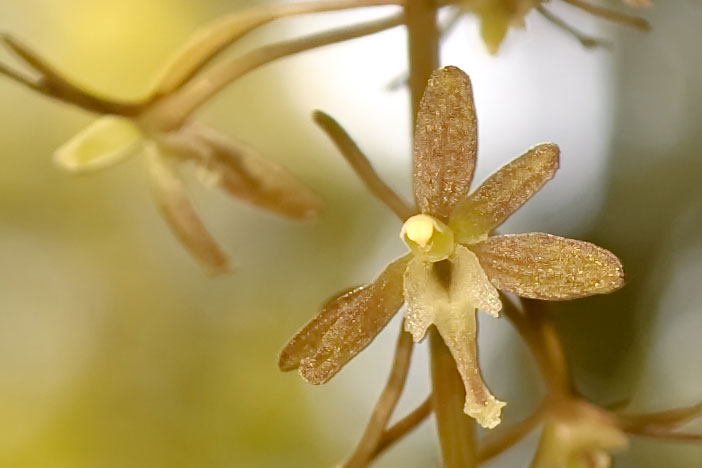
Calypsoeae
Primarily a terrestrial orchid tribe found in East Asia, there are a few native genera found in North America, mostly in scattered populations in the Caribbean and Mexico, but a few such as the fairy slipper orchid that is found across large stretches of the United States and Southern Canada. Probably the only species we are likely to find in the the Sunshine State is the cranefly orchid, found in the hardwood forests of the Florida Panhandle.
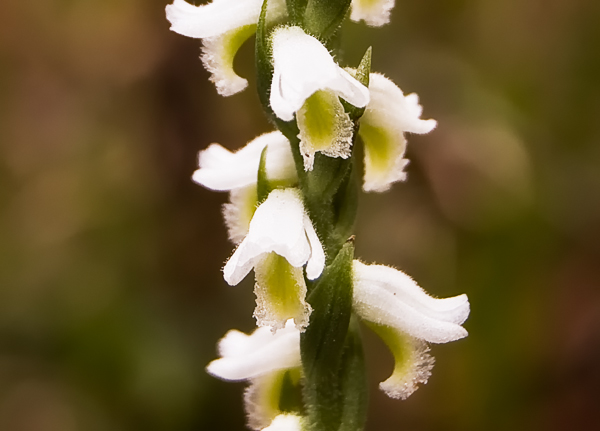
Cranichideae
The terrestrial orchids belonging to the Cranichideae tribe are widespread across North America with many species native across a vast number of habitat types. While several tropical species are only found at the extreme southern end of our continent, other species are found in great numbers high in the major mountain ranges and are even found frequently in Alaska! In Florida, they may be the most numerous terrestrial species found in many types of habitat, and include all of the ladies’-tresses, the beaked orchids and the spurred neottia.

Cymbidieae
Restricted to the southernmost portions of the United States in Florida, the pleasingly beautiful Cymbidieae tribe has few native species and only slightly more naturalized species. Almost entirely terrestrial, except for the couple members of the Cyrtopodioum genus in which one seems to grow on trees slightly above the ground, and the other which seems to prefer both.
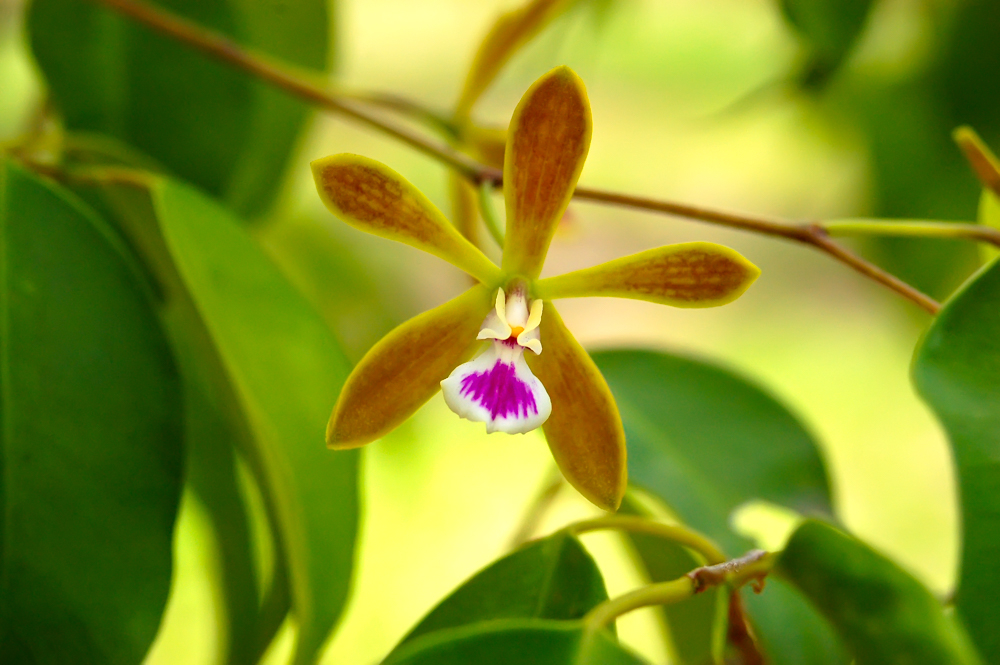
Epidendreae
Epidendrums are the classics of our native wild orchids. Mostly limited to Florida, the Caribbean, and Mexico, they becoming increasingly more common south into the tropics, these highly variable epiphytic orchids grow harmlessly upon another plant getting water and nutrients through specialized roots that anchor it to the host plant or tree. These orchids can be very unusual in shape, color, but most prefer a damp and hot climate – usually near wetlands or in places with a lot of precipitation.
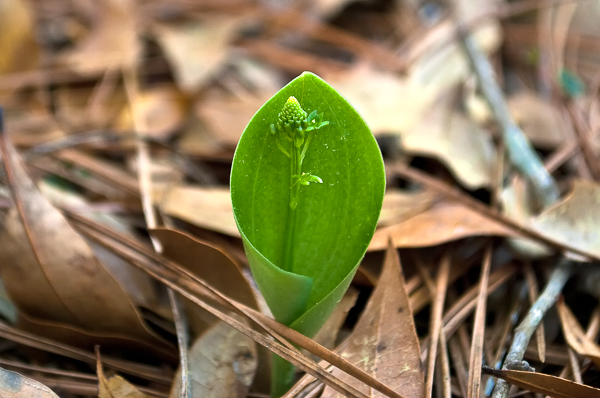
Malaxideae
The Malaxideae tribe of orchids may not be the most flashy, but they have some of the smallest flowers of all of the world’s native orchids. With roughly 300 species worldwide, less than a dozen are found in the United States and Canada, and only two found in Florida.
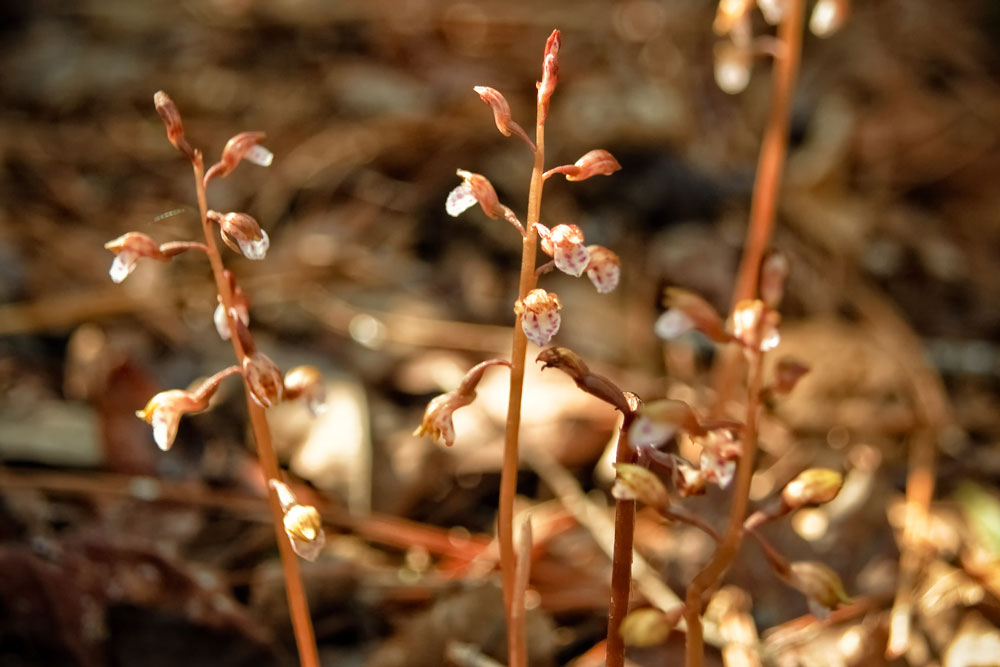
Maxillarieae
In North America, the most frequently encountered terrestrial orchids of the Maxillarieae tribe are known as the coralroots, yet in Florida, they tend to be quite rare and hard to spot. These have very pretty, showy small colorful orchids love shady forests, and because they often grow in the deep shade, they feed on other plants in a semi-parasitic manner instead of relying on sunlight. These are called myco-heterotrophs, and behave much more like mushrooms than plants. In the extreme southern parts of Florida in the Fakahatchee Strand there are at least two epiphytic species in the Maxillaria genus and are found growing in trees.
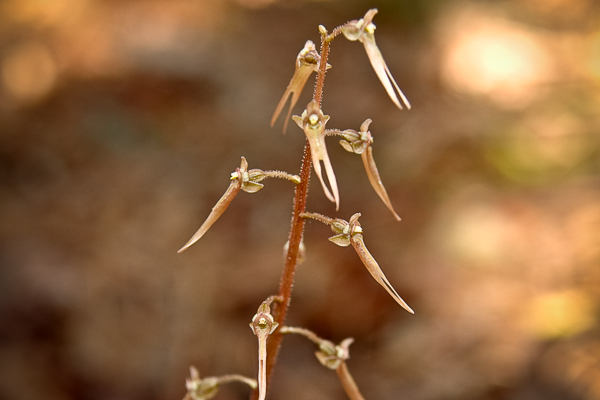
Neottieae
Members of the terrestrial Neottieae tribe of America’s native wild orchids are usually encountered in undisturbed forests and tend to be very small and blend in with the forest floor with tiny green and brown flowers. In Florida, we only have one species: the southern twayblade orchid.
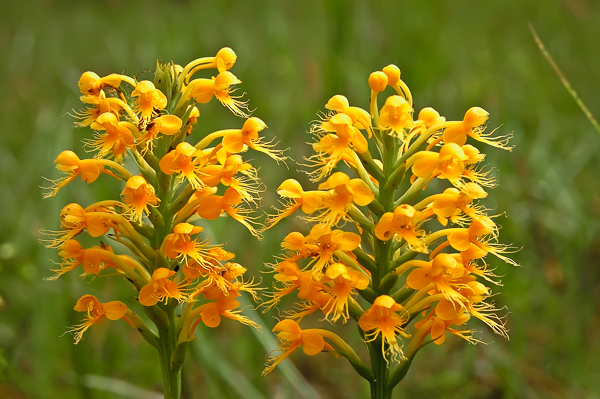
Orchideae
Orchideae is perhaps the largest and most widespread tribe of wild orchids found in North America. These wildly adaptive terrestrial orchids have fleshy energy-storing rootstocks that allow them to fade, dry up and disappear underground until the next season when they are ready to poke above ground again. This is also the only family of orchids that gets more diverse and common as you move up both in latitude and altitude. Florida has some absolutely beautiful representatives found throughout the state, but not as many as our neighbors to the north and west.
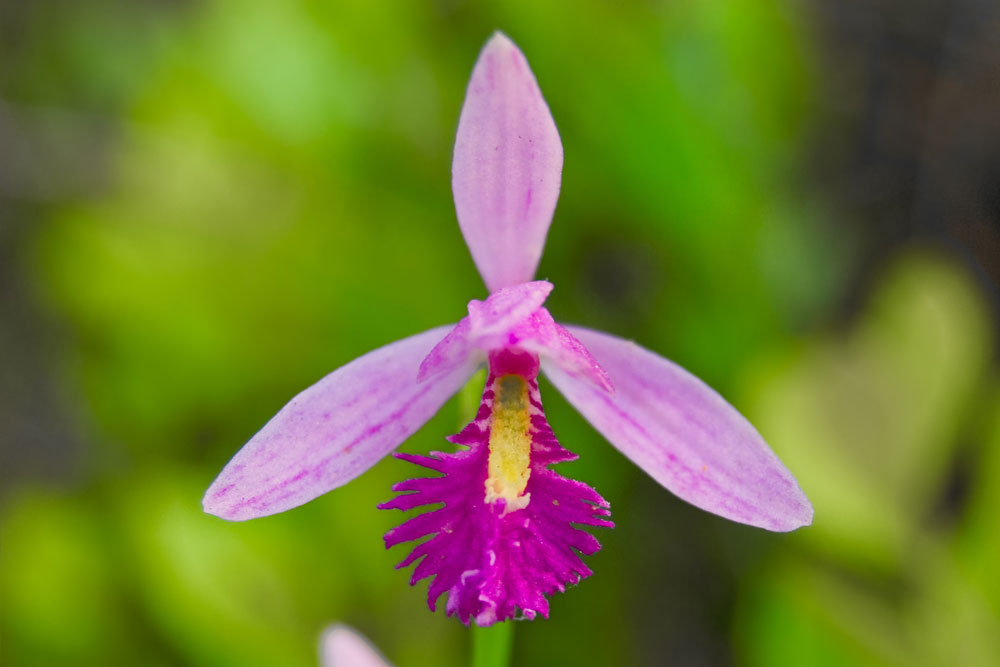
Pogoniinae
With only four species (orchid taxonomy is always in a state of constant change) found in North America, the pogonia tribe of orchid’s name means ‘beard’ or ‘bearded.’ They are most often located in sunny, wet open places and are often found growing among carnivorous plants. Lucky for us, all four species can be found in Florida!
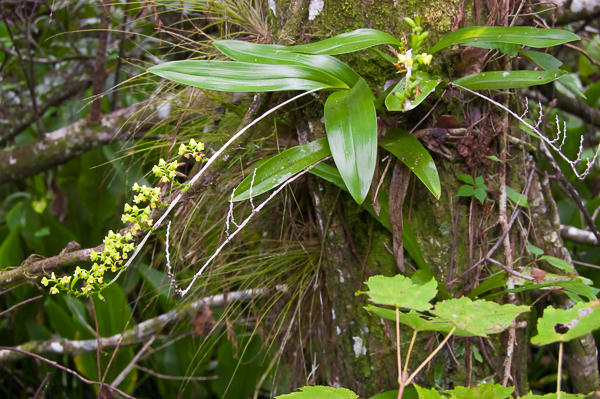
Polystachyeae
In the United States, we just have one member of this beautiful flowering tropical epiphytic orchid tribe and that is the yellow helmet orchid (sometimes called the greater yellowspike orchid). It is found in the lower half of Florida in wetlands, but can also be found natively in Africa and Asia.
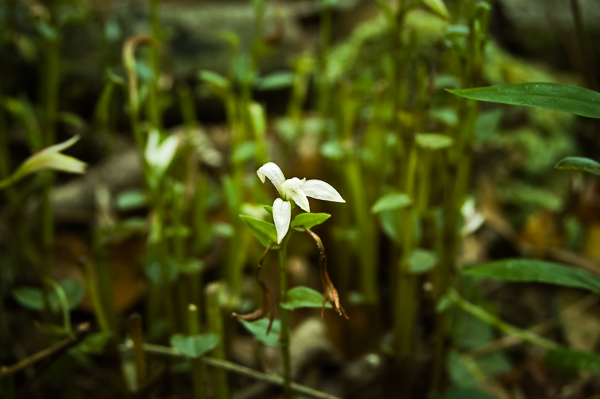
Triphoreae
With less than a dozen species of this tribe of tiny, delicate wild orchids in North America, most of them are so small and nondescript that they are easily overlooked. Most of them are found in Mexico and only a few species reaching as far north as the United States. Of these, only one is said to be found as far north as in Ontario, Canada. Florida is lucky enough to have five native species!
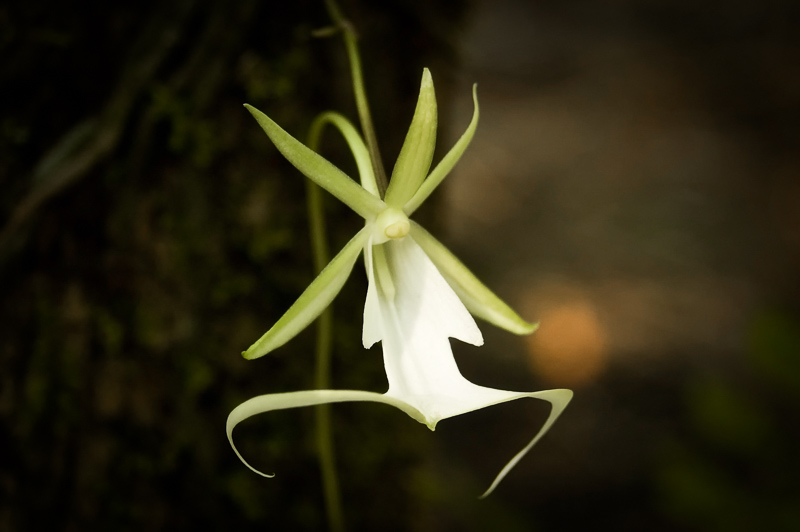
Vandeae
Orchids of the Vandeae tribe are perhaps the most unusual of all our native orchids, not only because they are only found in Florida, but because none of them have leaves except when they are tiny seedlings. They also have as part of their tribe the Holy Grail of orchid hunters: the ghost orchid. Equally fascinating and also very hard to find in the wild are the two other species of leafless orchids. See all three here!
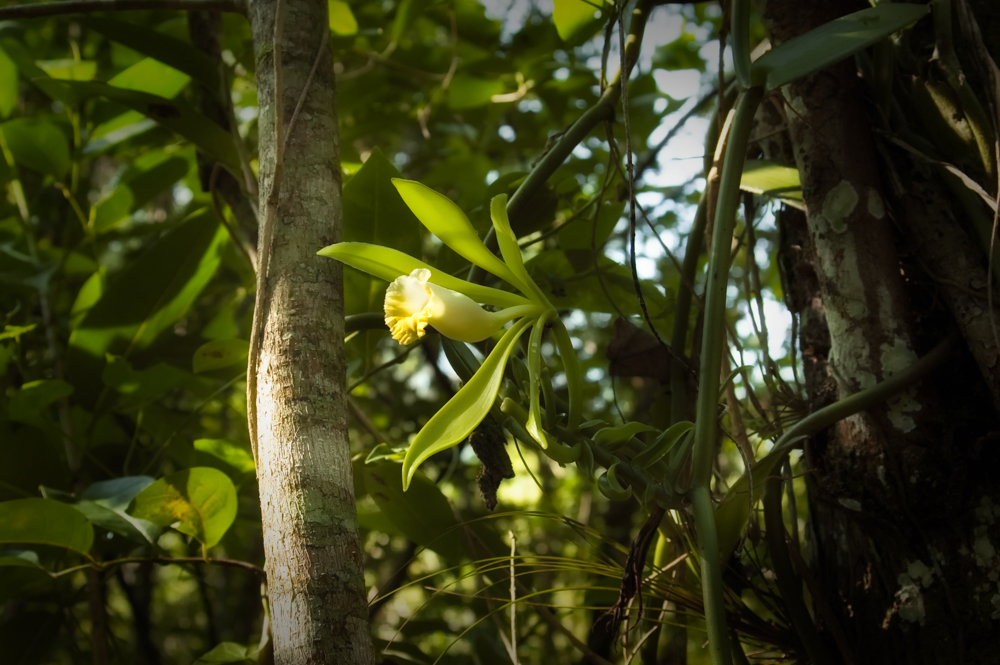
Vanilleae
The world’s most important orchid! This tribe is responsible for giving the world vanilla, and there are only four species native to the Florida, and two more of them are species that have escaped into the wild.

